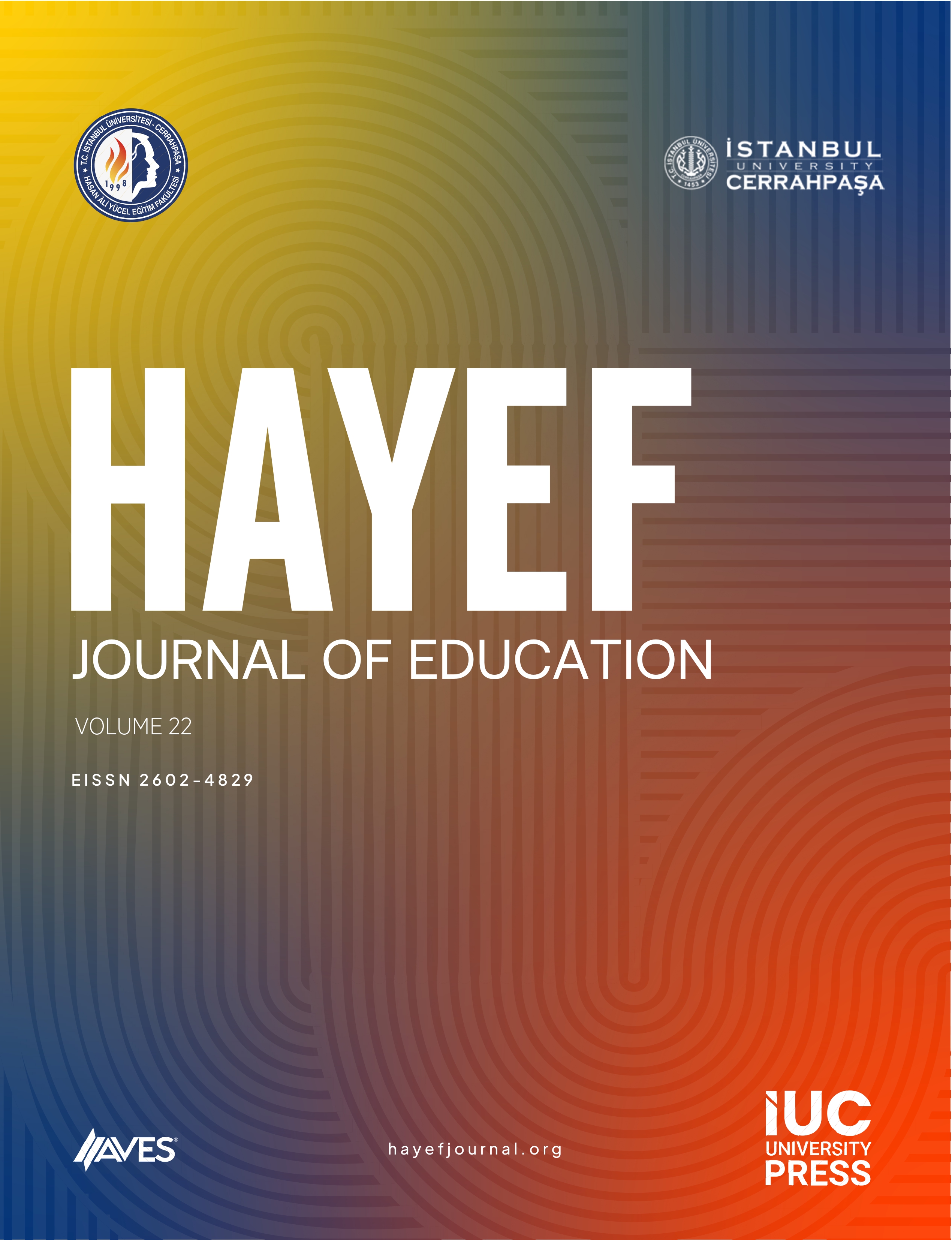Every new produced technology is a result of an accumulation and affects the community which it belongs to. It changes the ideas about the facts, the quality of icons and symbols and the nature of the field about which new ideas have been developed, in other words, the structure of the society. At the end of the 20th century and at present, in the early years of 21st century, the world history has witnessed innovations in the technological field at an unprecedented speed. In this process, the mass media has changed our ways of life styles, relationships, perceptions, and expressions reformatting us all over again. Media technologies have been used in theatre for a long time. In Adult’s Theatre some images, movies, photographs, documents which are especially about politics and support the theme help audiences to evaluate events in different perspectives. Technically, they also give opportunity to the director to organize the scene, for example to take the audiences to times or places impossible to go.We encounter that Media Technologies have been also frequently used in Children’s Theatre recently. Within the scope of this study, children’s reactions toward the use of technology in Children’s Theatre. In this study the results of observations done on children during four children’s plays while they were watching plays show that children were not interested in the scene at all when there were no actors on the scene. There might be several reasons counted for this; the reasons for these findings may be uninteresting or unattractive images, or being under the bombardment of image and sound. Nevertheless, the fact that the children are interested in the scene when the actors are on is said to signify that they make their choice in favor of actors in such kind of a variety. The aim of this study is to determine the reactions of the children who are living in a mediatic world and under the bombardment of sound and vision during the plays by means of unstructed observation and make an evaluation of the results.



